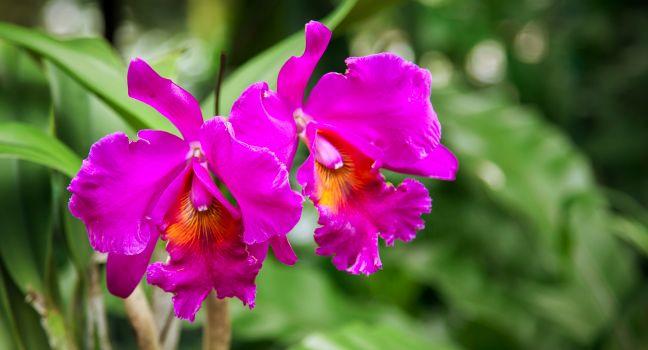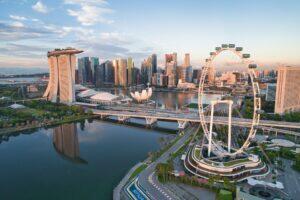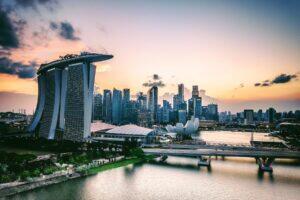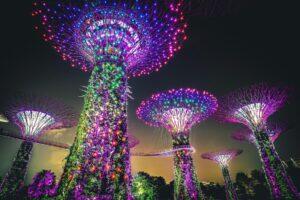Fodor's Expert Review Singapore Botanic Gardens

The first site in Singapore to gain UNESCO Heritage status is also the first and only tropical botanic gardens in the world to make the list. Once you start to explore the winding trails of the enormous park, which sprawls across more than 128 acres of lush greenery, you'll understand why. It is neatly segmented into different gardens featuring all the hallmarks of Victorian design—gazebos, pavilions, and ornate bandstands included. Highlights are the National Orchid Garden, showcasing over 1,000 species of brightly colored blooms, and the Ginger Garden, where several hundred varieties of ginger grow. Try to time your visit to coincide with the free guided tours that almost always take place around 9 am on Saturday (see the National Parks website for more details).









